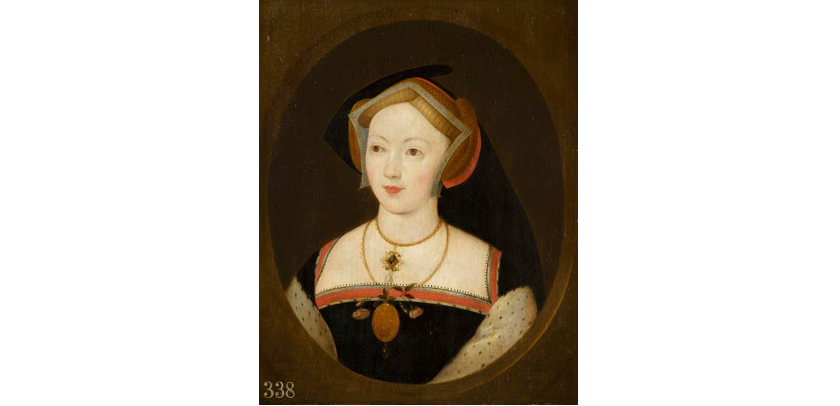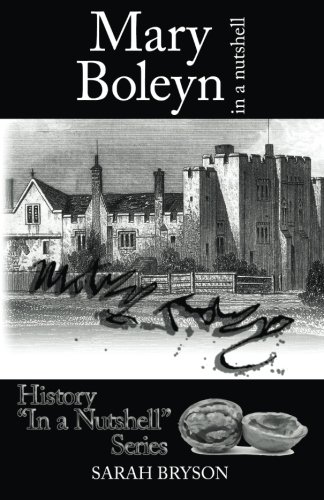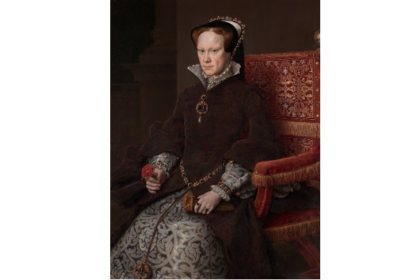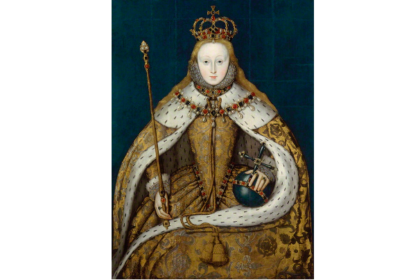Mary Boleyn, later Lady Carey and then Lady Stafford upon her subsequent marriages, is most well-known, along with sister of Anne Boleyn, for being the ‘Mistress of Kings;’ those kings being Francis I of France and Henry VIII of England.
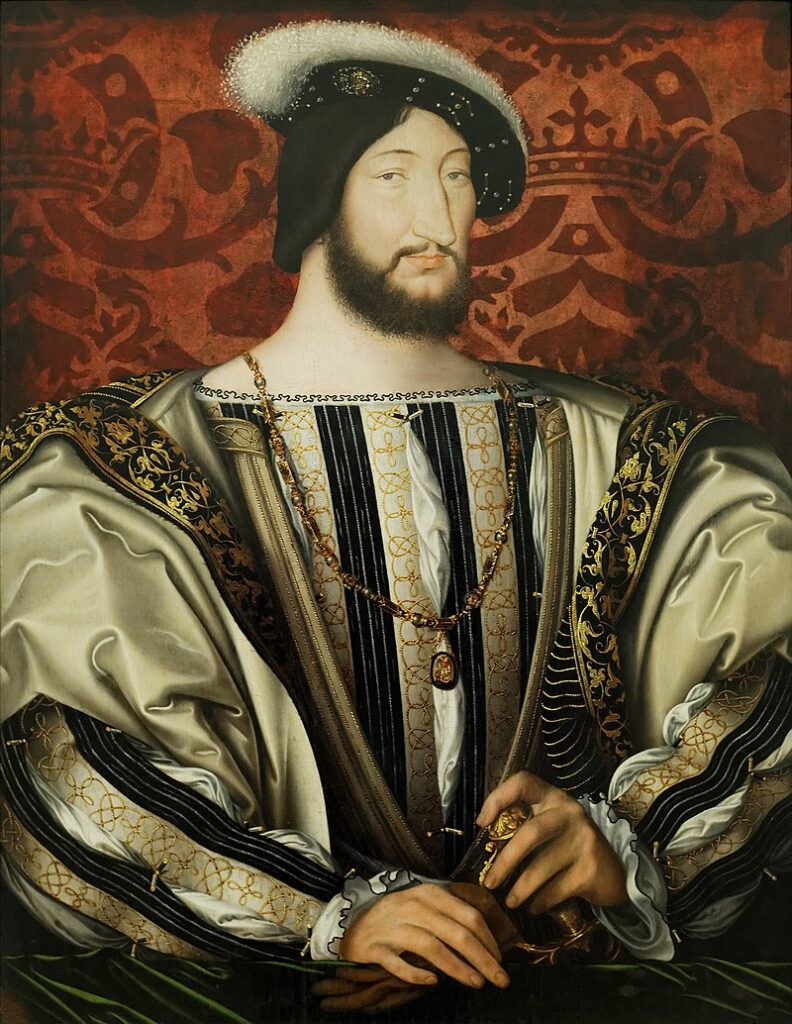
Mary’s affair with Henry VIII can be seen quite clearly through the sources; it is referenced in multiple contemporaneous documents, including Henry VIII’s original documentation to the Pope about his divorce from Katherine of Aragon, in which he asks for dispensation to marry the relative of someone he had had carnal knowledge of – the exact same reasoning which he was using for his divorce!
By contrast, the only evidence we have of an affair between Mary and Francis I is a single letter, written by a source hostile to Henry VIII, and by extension Anne Boleyn and her family. This letter was written by a papal nuncio, Rodolfo Pio, Bishop of Faenza, on the 10th March, 1536. In the letter, he writes of a conversation he had with Francis:
‘Francis said also that they are committing more follies than ever in England, and are saying and printing all the ill they can against the Pope and the Church; that “that woman” pretended to have miscarried of a son, not being really with child, and, to keep up the deceit, would allow no one to attend on her but her sister, whom the French king knew here in France “per una grandissima ribalda et infame sopre tutte” [a great prostitute and infamous above all].’
The letters of Pio are notorious for their inaccuracies, and a number of details in this short passage are provably wrong. For starters, Anne actually did have a miscarriage, there was no pretence about it, in January 1536. Furthermore, Mary had been banished from court two years earlier, for marrying without consent, and to a man of low rank; she certainly wasn’t attending her sister.
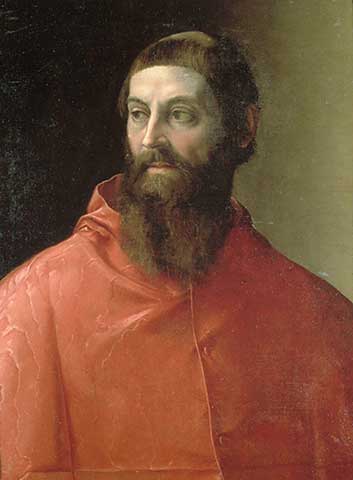
As a Catholic bishop and papal nuncio, Pio had an extreme bias against Henry VIII and the Boleyns. He viewed them in the most unfavourable light possible, and had a vested interest in presenting them negatively as possible to others. Hardly a trustworthy or reliable source. Even if Francis did make such utterances, given France and England’s long hostile relationship, and the competitiveness of Francis and Henry’s more recent relationship, he could well have been either muddying the waters, or aligning himself with the papal nuncio for his own benefit. Mary had not been in France for some 20 years by this point, so it seems strange to bring up this supposed relationship for the first time at such a distance.
There are two other accounts which have been given as evidence of Mary’s involvement with Francis, books by Nicholas Sander and William Rastall; however it has now been established that they were both actually making reference to Anne, and as Catholics writing a considerable number of years after the fact, their testimonies are suspect in any case.
In her illuminating book, ‘Mary Boleyn: In a Nutshell,’ historian Sarah Bryson – Author argues that this evidence is far too scant to say that Mary was one of Francis’ many mistresses. Because in reality, what we are left with is a letter, written by a hostile source, about a supposed conversation with a person with suspect motives, about a situation that happened 20 years prior.
Unfortunately, many historians have taken Pio’s letter at face value and accepted its contents as factual. Perhaps the reason so many have accepted the idea is because when so little is known about a significant historical figure, such as is the case with Mary Boleyn, it is very tempting to take rumour and innuendo as fact in order to pad out their life story.
However, this letter should not be admitted as evidence, and without it, there simply is no evidence for any sort of relationship between Mary and Francis. The evidence we do have for Mary’s life, even with the large gaps, paints the picture of a woman just as compelling as her more famous sister, and I highly recommend ‘Mary Boleyn: In a Nutshell’ by Sarah Bryson – Author for anyone interested in reading more about this fascinating woman.
(Image at top: Portrait of a Lady called Mary Boleyn attributed to Remigius van Leemput, c.1630-70.
There are no known contemporary portraits of Mary Boleyn sadly. This one is believed to be a copy of a lost contemporary original.)

